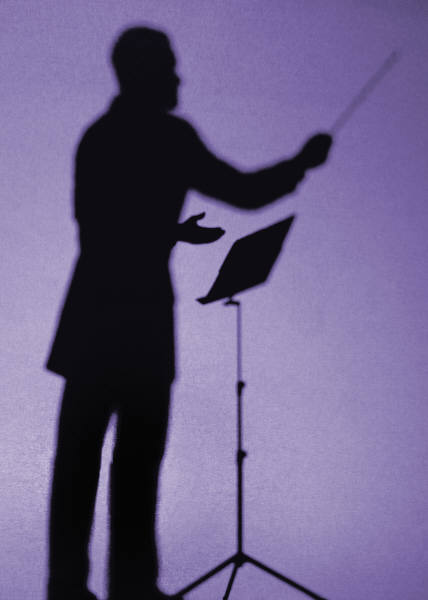 Leadership has evolved from the military models of centuries ago to contemporary theories of scientific management, situational leadership, servant leadership and other widely discussed styles.
Leadership has evolved from the military models of centuries ago to contemporary theories of scientific management, situational leadership, servant leadership and other widely discussed styles.
The primary principles of effective leadership nonetheless remain consistent. Without effective leadership skills, no one will follow you.
Here’s a look at some traditional leadership theories, based on the key questions journalists ask to uncover a story: who, what, when, where, why and how.
1. Who is a leader?
The image of a tall man in a dark suit, impeccably groomed, comes to mind. He is authoritative, with a firm handshake, warm smile and steady gaze. For a long time, leaders were sought for their physical traits: height, gender, heritage, education and speaking style. This approach proved to be based on false assumptions, but such prejudices still exist in the C-suites. Today, it’s called executive presence. The criteria have changed (somewhat), but people are still influenced by looks.
2. How do leaders act?
Leadership has been defined by behavioral style. There are six distinct leadership styles, according to Daniel Goleman, Richard E. Boyatzis and Annie McKee, authors of Primal Leadership: Realizing the Power of Emotional Intelligence:
- Directive: Immediate compliance. Giving orders, or telling someone what to do.
- Visionary: Providing long-term direction and vision for employees. Inspiring action through personal and professional vision.
- Affiliative: Creating harmony among employees and between the manager and employees. Fostering a harmonious environment.
- Participative: Building commitment among employees and generating new ideas. Collaborating to achieve a goal.
- Pace-setting: Accomplishing tasks to high standards of excellence. Setting high standards that challenge the team to keep up.
- Coaching: Long-term professional development of employees. Determining how to help people address their strengths and challenges. Creating a development plan to help them achieve their potential.
In general, these styles define a leader by how he or she behaves. Do you “take charge” or “take care”? Leaders exhibit a preferred style, but the effective ones can be both soft and hard; they’re flexible in switching between managing tasks and caring about people.
3. When and where do leaders focus on the person or task?
This question relates to situational leadership. The appropriate leadership style depends on understanding situational context and specifics.
4. What do leaders know and do?
What are the key leadership competencies? What core body of knowledge, skills and values define successful leaders? In this leadership model, the focus is on both the situation and the business strategy.
5. Why does leadership matter?
Some leadership theorists have shifted away from competencies to focus on results. Leadership is about getting the right results in the right way. Leaders need to achieve a balanced scorecard of employee, customer, investor and organizational results to provide sustainable results.
Are there universally shared leadership characteristics? Experts estimate that 50 to 85 percent of leadership characteristics are found in all effective leaders. The missing variables are personal situations and internal influences.
You can improve by focusing on the main characteristics that define those who succeed at leading others. The Leadership Code’s five-rule framework represents 60 to 70 percent of fundamentally effective leadership. While there may be variances in strategy, vision and individual job requirements, the rules are designed as a foundation for effective leadership.

